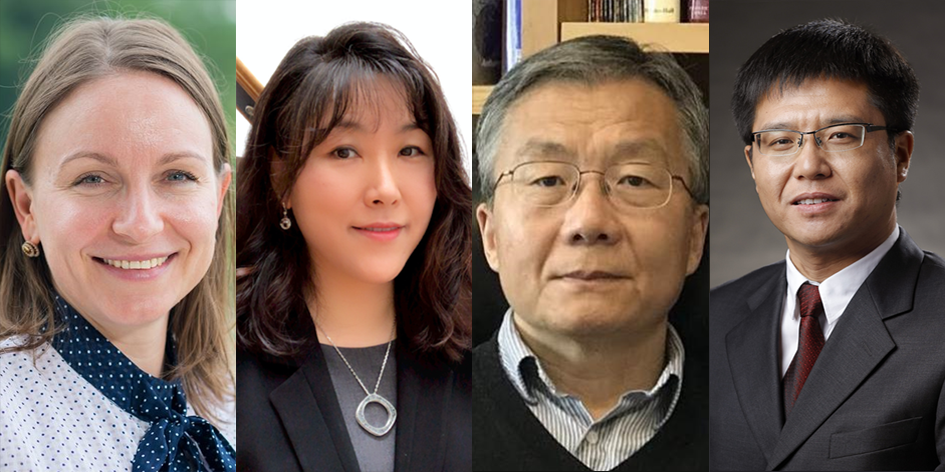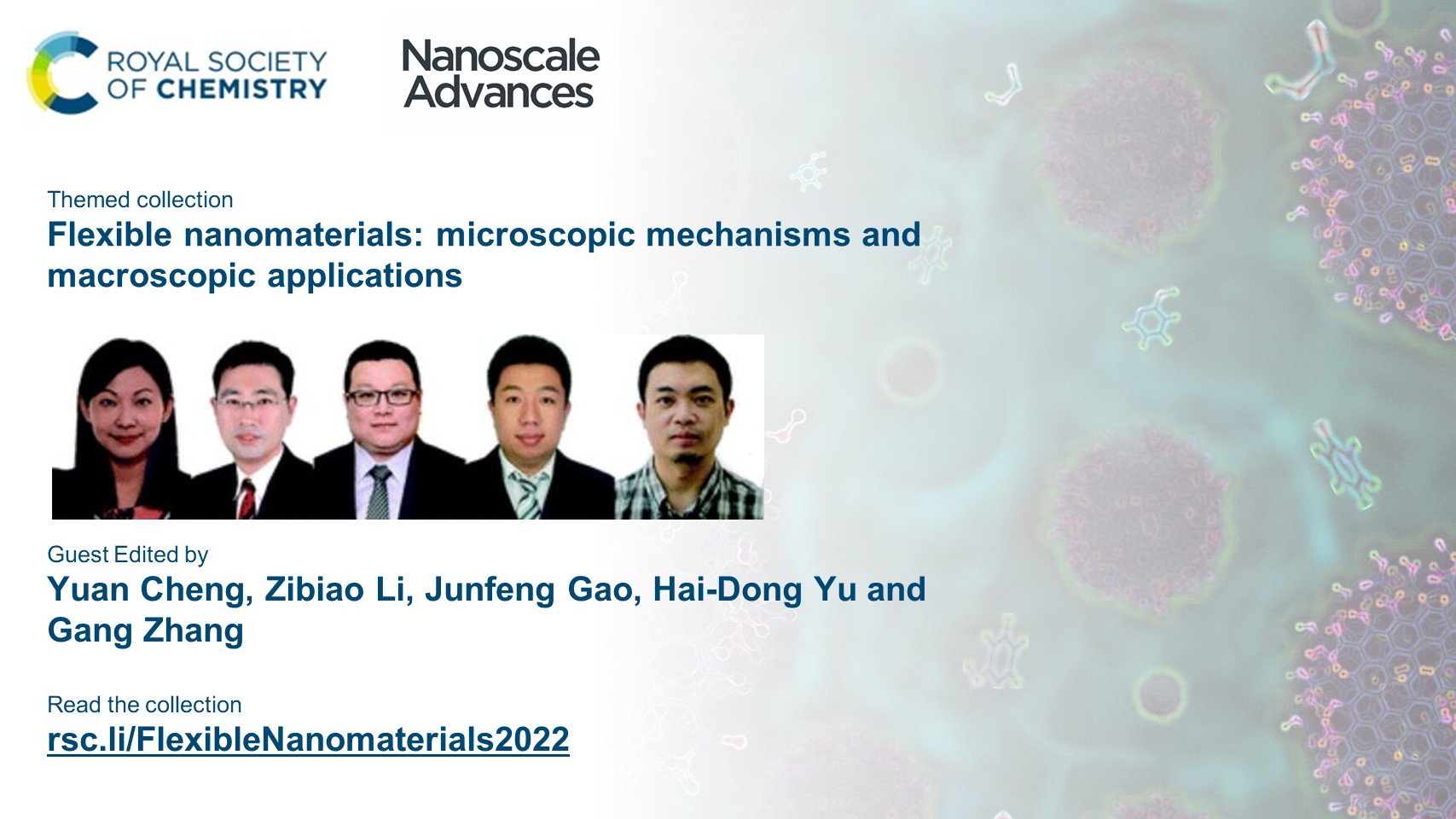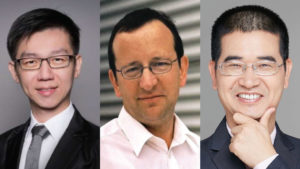Epitaxial growth of nanostructures and their properties
Guest edited by Jin Zou
We are delighted to present to you a diverse set of works showcasing the development of epitaxial nanostructures, in which their outstanding properties are obtained due to the epitaxy.
A key fabrication technique for nanoscale materials is the bottom-up approach. Epitaxial growth allows the grown nanostructures to have well defined orientation relationships, crystallographic directions/planes, crystal structures/phases, and facets/interfaces with their underlying substrates. Such unique features are often essential for securing their unique and high-efficient applications.
In the recent decades, epitaxial growth has been widely employed to grow various advanced nanostructures, including semiconductor nanostructures (such as quantum dots, semiconductor nanowires and quantum wells), 2D nanostructures (including ultra-thin nanosheets), and hierarchical nanostructured metal-organic frameworks (MOF-on-MOF).
This themed collection features work covering the development of these three groups of epitaxial nanostructures, in which their outstanding properties are obtained due to the epitaxy. Articles are published in Nanoscale Advances so they are all open access and freely available.
A small selection of papers are featured below:
Epitaxial growth of crystal phase quantum dots in III–V semiconductor nanowires
Miguel Sinusia Lozano and Víctor J. Gómez
Nanoscale Adv., 2023, 5, 1890-1909
Complications in silane-assisted GaN nanowire growth
Nian Jiang, Saptarsi Ghosh, Martin Frentrup, Simon M. Fairclough, Kagiso Loeto, Gunnar Kusch, Rachel A. Oliver and Hannah J. Joyce
Nanoscale Adv., 2023, 5, 2610-2620
Polarization-dependent plasmonic heating in epitaxially grown multilayered metal–organic framework thin films embedded with Ag nanoparticles
Kenji Okada, Risa Mashita, Arisa Fukatsu and Masahide Takahashi
Nanoscale Adv., 2023, 5, 1795-1801
We hope you enjoy reading the special collection!



















 We are delighted to introduce a new themed online collection on the recent advances in plasmonics. This collection is dedicated to the integration of experimental and in silico studies for the advances in plasmonics and for innovative development of efficient plasmonic-based applications in a variety of different fields.
We are delighted to introduce a new themed online collection on the recent advances in plasmonics. This collection is dedicated to the integration of experimental and in silico studies for the advances in plasmonics and for innovative development of efficient plasmonic-based applications in a variety of different fields.